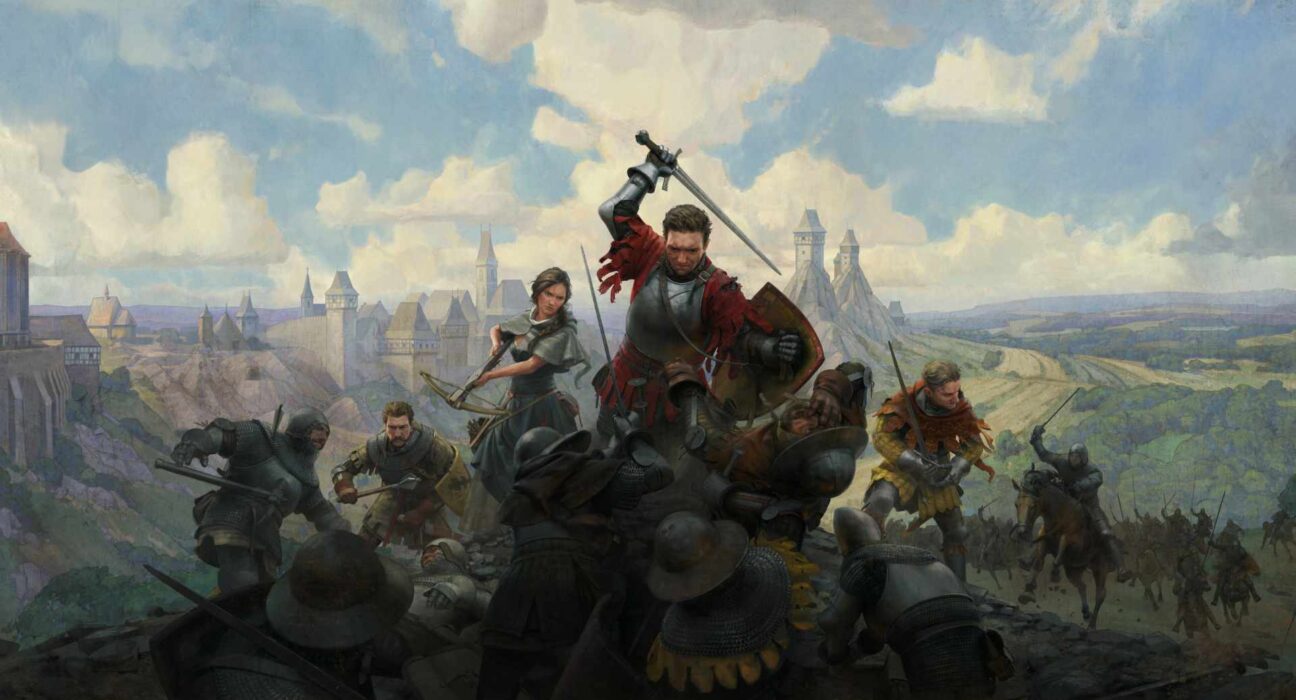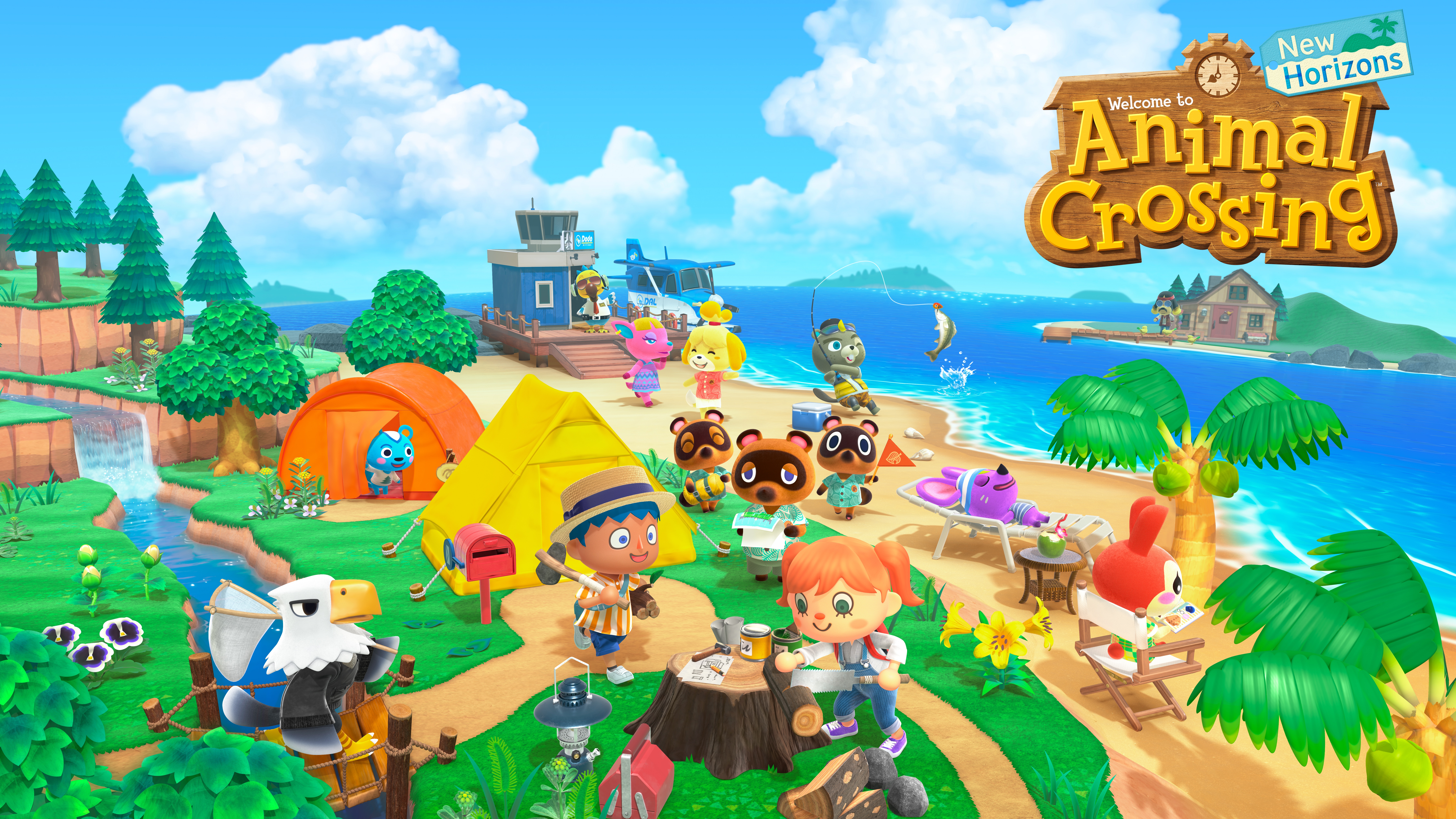It’s difficult to argue that games have not grown by an order of magnitude in the past few generations. The industry has seen huge growth, for better or for worse, and so the market is as wide as it has ever been. A consequence of this is that newer games, in an effort to become increasingly approachable, often refuse to have rigidity in their design. Not every game need rigidity in its design, mind you, but sometimes it feels like many games now are focusing on flexibility rather than trying to nail a singular cohesive direction for the game’s design that requires you to meet the standard it sets. Sekiro: Shadows Die Twice is one of the best examples of how rigid design, when done right, can be the foundation for an exceptional, irreplaceable experience. Czech development studio, Warhorse Studios, is one team that has sought to create innovative, memorable experiences through rigid design in the form of Kingdom Come: Deliverance and its subsequent sequel, Kingdom Come: Deliverance II. It’s a game whose requirements of the player never diminish, and as such is an experience filled with friction, both good and bad. It doesn’t get everything right, but it is well worth the effort of breaking past its learning curve.
Kingdom Come: Deliverance II (henceforth referred to as KCD2) is set in 15th century Bohemia and follows the footsteps of Henry of Skalitz and Sir Hans Capon of Pirkstein. They are on their way to Trosky Castle to discuss the allegiances to the usurper king of Bohemia, King Sigismund. Your band of friends and allies are raided by bandits, and you are left wounded, stranded, and fleeing with Hans. It’s quite a bit to take in, I know, but this all happens within the first 30 minutes of the game and the game expands from there.
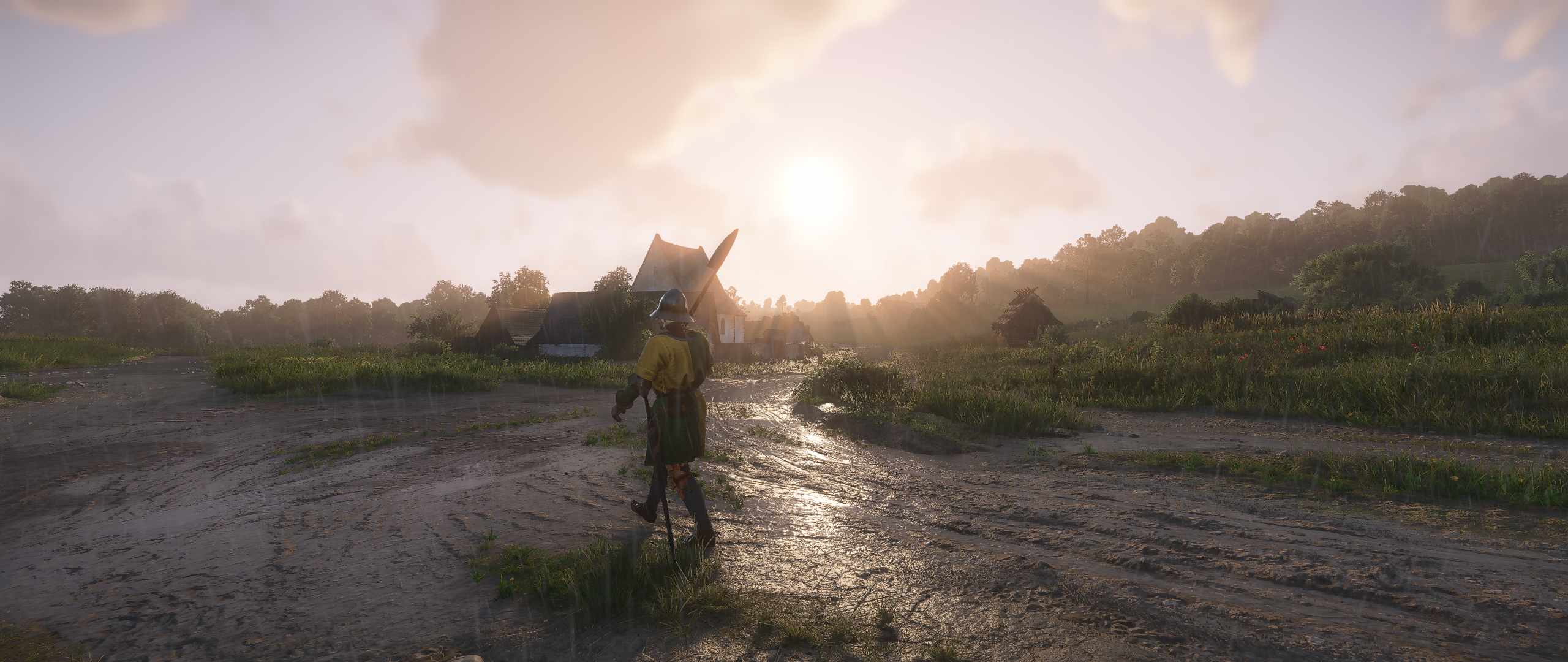
I was honestly surprised how much I enjoyed the story. Truthfully, it did not grab my attention very much in its early stages, but as I played through it and witnessed the game slowly play the cards in its hand, I couldn’t help but continue playing. The game strikes a great balance between an interesting story, and characters you feel connected with. The character connections also seamlessly implement the game’s role-playing elements.
If you ever read my Baldur’s Gate 3 review, you would be well aware that something I have sorely missed with modern RPGs is choice-driven gameplay. I don’t mean the games where you are given a choice that matters at very specific, major points in the game like with Dragon Age: The Veilguard or virtually any other modern RPG, but where your choice in almost every situation matters. Not to the point that it is overbearing, but enough where it feels like how your character fits into the world is entirely up to you, instead of being dictated in a game where you are supposed to be in control. KCD2 nails this, as it has numerous, frequent choices that matter. Whether it be a choice that determines the availability of certain characters in given moments, or how you choose to resolve situations, determining your reputation in specific regions. A microcosm of choices and consequences that serve the overall goal of the game – holistic, unabashed, and cohesive role-playing.
It’s not even the direct choices with other characters that make the role-playing in this game so excellent. Warhorse has taken such great care and attention to detail that I was taken aback on numerous occasions with how the game felt designed to react accordingly in such an impressive manner to everything I did. Examples like NPCs seeing you in an area before something goes missing and making the connection that you had something to do with said disappearance, your clothing and hygiene mattering when it comes to engaging with NPCs. Hell, there were even minuscule, innocuous details that just added to the experience, like NPCs reacting to my horse based on its monetary value.
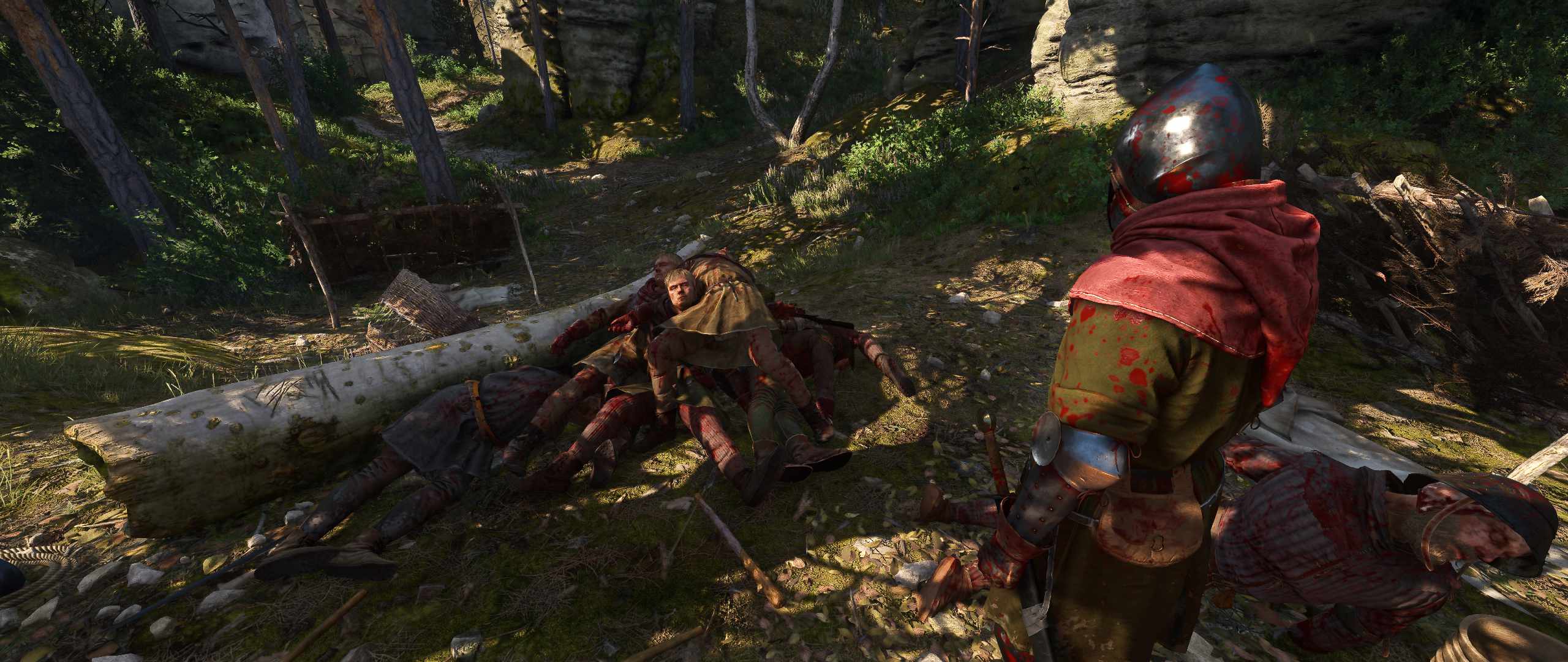
In every avenue, this game is focused on its attention to detail and its role-playing. There was no point during my time playing KCD2 that I was not acutely aware of what the game was trying to achieve, and it does such a fantastic job of bringing all its ideas to the table in a way that engages the player. The elevator pitch of this game can sound pretty exhausting. Even I went in half expecting to bounce off its nuanced detail and mechanics, which exist as a constant in the KCD2 experience, but after getting my head around the basics it started to click, and then everything started making sense. It is an incredibly fine line to walk, but KCD2 manages to implement these ideas without feeling oppressive or tedious. The game ensures that the ways in which to counter these mechanics are plentiful and so it feels like a core part of the experience.
KCD2’s sheer focus on delivering a detailed and nuanced experience does come with some drawbacks, and one of the biggest examples of this is the game’s combat. If you aren’t aware of how the combat works, you effectively have a few stances to choose from when in combat, as do your opponents. The idea is that you try to read what stance your opponent is currently in, and ensure your swing comes from a direction that does not mirror the direction of your opponent’s stance. It sounds really complicated on paper, but in practice it is remarkably simple. However, this combat is also horrifically clunky, and it wasn’t until I had unlocked a system dubbed “master strikes” that I began to enjoy the combat. This is not to say that it is particularly good, but I can at the very least appreciate the clunkiness of the combat being a consequence of the game’s goals.
The next misstep the game makes in service of its goals is its UI. It’s a weird thing to complain about, but KCD2 is a case of a hyper-stylised set of menus that feel appropriate for the setting. It feels as if you are reading from a parchment or a scroll when you use the menus, and I can appreciate how they are a piece of the overall experience. The part that brings it down is even though it is pretty to look at, and feels immersive in its own right, it is clunky and stilted: form over function. The unintuitive nature is exacerbated in ultrawide, where the menus are scaled to fit the entire screen. This means that the legend for the menu controls is really out of the way. It serves as another example that just because something is designed in service of a theme or goal, does not mean that you should design it as a surrogate for usability.

KCD2 is a wonderfully beautiful game. While its beauty has potential to feel a little lost in the dull tones of the game’s early areas, the artists at Warhorse have done an excellent job at balancing the realistic depiction of 16th century Bohemia while ensuring that the world feels inviting and enticing. Arguably one of my favourite parts of the game’s visuals is the importance it places on lighting. Torches are incredibly important and meaningful to the experience as a whole. Yes, you need them to see in the dark, especially in caves, but they also give away your position from a mile away. There were so many moments where I was taken aback at how beautiful the world was, and there is no better game at allowing you the time to appreciate its world like this.
On top of the game looking fantastic, it ran incredibly well for me too. It was a case of a game where it didn’t even feel like it had any microstutters, which is something many modern games suffer from – they run at 60 FPS or higher but still feel a little stuttery regardless. A great example of how important the elimination of microstutters is with DOOM: The Dark Ages. There is a reason that game feels so buttery smooth, and it’s the lack of microstutters, and KCD2 achieves a similar result. This isn’t to imply that these two titles are optimised in similar capacities, but I could definitely feel how smooth the game was during my time playing it.
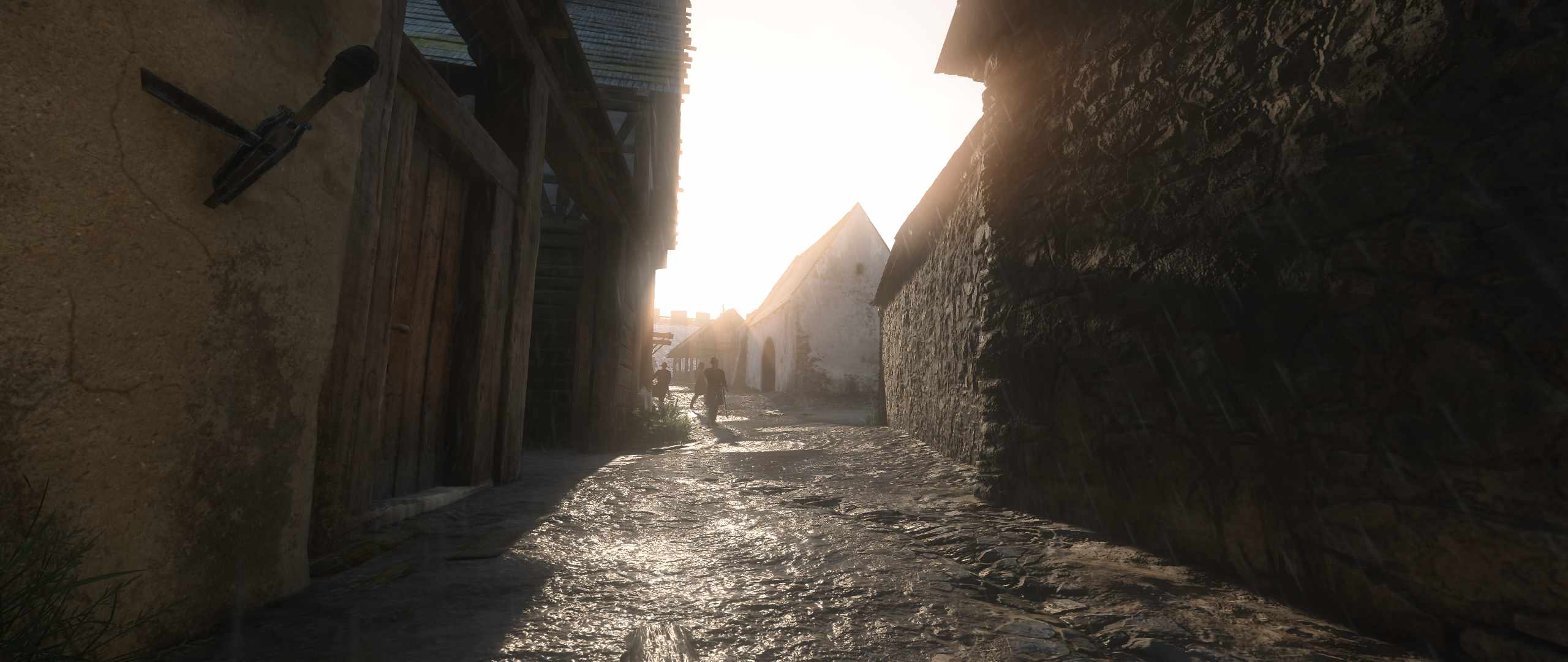
The only issue I had with the game, on a technical level, was a strange bug where the cutscenes would run at 30 FPS. On paper, this doesn’t sound strange, but the game is actually built to run a majority of the cutscenes at whatever framerate the game is running at. So if your game was running at 120 FPS, the in-game cutscenes would run at that framerate too. There are a handful of pre-rendered cutscenes which cannot run at framerates higher than 30 FPS, but those comprise a minimal amount of the game’s cutscenes. From what I could garner, this issue is mostly present when v-sync is active and can be worked around by way of console commands, but still a peculiar issue nonetheless.
- Conclusion
- If you don’t meet Kingdom Come: Deliverance II exactly where it expects you to be as a player, there is an extremely high chance that you will bounce off the game and come away thinking it’s awful. However, it’s this rigidity in its design, its refusal to water itself down and instead focus on delivering the exact experience that Warhorse intended from the beginning, which makes the game so great. It still gets a few things wrong, namely with its janky and clunky combat, and its terrible menus, but these slip ups are also the consequence of trying to deliver something wholly unique rather than an experience that you could get from any other game of its ilk. It’s emblematic of its creators’ vision, persistence, and attention to detail. A game that stands tall as a proud, unashamed artwork that doesn’t even hide from its flaws, but rather uses its strengths, focus, and ideas to justify the existence of those flaws.
- PC
- ASUS TUF Gaming X670-E Plus
- Ryzen 9 7950X
- MSI RTX 3080 Ti GAMING X TRIO 12GB (Driver ver. 576.52)
- G.Skill Trident Z5 RGB 64GB (2x32GB) DDR5-6000 CL32
- Samsung 970 EVO Plus NVMe SSD 500GB (OS), Kingston NV2 M.2 NVMe Gen4 SSD 4TB (Game install)
- Windows 10 Home (Build ver. 19045)



